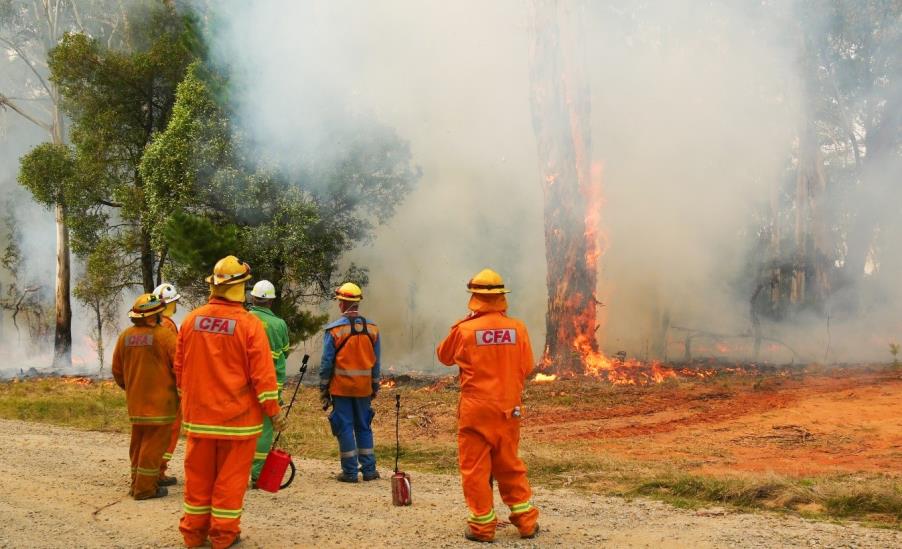
The Victorian Government launched the Safer Together program in late 2015. Since then it has been led jointly by CFA and DELWP. It marked a change in policy for fire agencies with the aim to improve collaboration and partnerships and to place a stronger focus on working with the community.
The Safer Together Statement described an intent of innovative community engagement practices, integration of fuel management practices across public and private land, and investing in research and modelling to improve the evidence used to make decisions.
Safer Together evolved into a four-year pilot program with about $5 million managed each year by CFA. Following the pilot program’s success, the Victorian Government provided ongoing funding for the work to be part of CFA’s and DELWP’s continued fire management programs.
This is a significant long-term boost in support for brigades and prevention and preparedness activities.
In the area of vegetation management, the Safer Together program is now providing $1.25 million a year to prepare and deliver planned burns and mechanical treatments such as mulching and slashing.
This dedicated funding allows better preparation and support for brigades to conduct planned burns.
To support these operations, an additional 18 planning advisory and coordination roles have been funded. This includes advisers for cultural heritage and biodiversity to ensure CFA’s operations meet our legislative requirements, and our brigades can conduct burns following best-practice burn plans that identify and protect important values to community and are delivered safely.
The program also provides ongoing funding for the Planned Burn Task Force. This program has allowed volunteers from different parts of the state to be deployed to more than 45 burns in the past two seasons.
It means it will be easier for volunteers to participate in planned burning, which can increase the knowledge and skills of members in bushfire behaviour and improve safety during bushfire suppression. And through joint operations with Forest Fire Management Victoria, both agencies can achieve better outcomes for communities and exchange knowledge and experience within the sector.
The Safer Together program also includes a joint agency program called Community First. The Community First program aims to reduce bushfire risk by engaging and collaborating with communities and the fire management sector to understand what risk means to them, what they value, and the actions we can take collectively.
To achieve this, the Community First approach focuses on building relationships, partnerships and trust with communities and across the sector.
Coordinated through CFA, this includes the flagship Community Based Bushfire Management (CBBM) program, which employs 10 full-time CBBM officers by CFA, DELWP and Latrobe City Council. Community First works to strengthen the capability of the sector to take a community-centred, place-based approach to working with communities.
The benefits of this program include:
- use of community development principles, evidence-based methods, research and partnerships to improve engagement and understanding of risk
- the long-term, facilitated engagement between community groups and the CBBM program
- effective partnerships with local government to provide community-centred bushfire management services to the community.
Safer Together also provides significant resources to improve CFA’s research capability. Through ongoing funding for staff and research operating funds, CFA is leading key research to improve our fire management practices and safety for volunteers and the community.
Recent research about crop fire behaviour has dramatically improved our understanding of fire behaviour in wheat and this work will be expanded to include other crops.
When the impact of all this work is combined, the Safer Together program enhances CFA’s capacity through increased staff and increased opportunities for volunteers to contribute to prevention activities, improve community safety outcomes and capability in vegetation management and community engagement. It also fosters increased collaboration with DELWP, supporting the fire agencies to work with a more integrated approach to serve the community.
| Submitted by |
Geoff Morris |